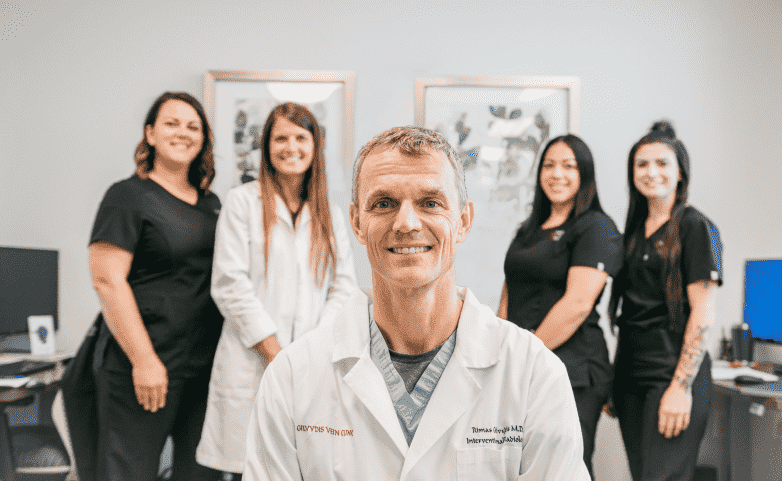Myth: “Only women get varicose veins.”
Reality: While statistics show that women are more likely to get varicose veins than men, it’s important to note that up to 40 percent of men will experience varicose veins by the time they are 60.
Myth: “If you cross your legs too much you will get varicose veins.”
Reality: If you already suffer from varicose veins, prolonged sitting can aggravate symptoms and crossing legs can further restrict blood flow making symptoms even worse. If you’re not currently suffering from varicose veins, it is unlikely that crossing your legs will start the development of them. It is, however, not good for anyone’s circulation to sit with your legs crossed for a prolonged period of time.
Myth: “If I don’t see a bulging vein on my legs, that means I don’t have varicose veins.”
Reality: Some varicose veins can be hidden deeper in the leg, which means it won’t give the typical “bulging” appearance on the skin.
Myth: “Varicose veins go away on their own.”
Reality: Without proper treatment, vein disease will always get worse over time and can lead to chronic, debilitating, and sometimes serious conditions such as blood clots and deep vein thrombosis.
Myth: “Compression stockings can treat varicose veins.”
Reality: Compression stockings can only temporarily relieve some symptoms of varicose veins, but they are not considered to be a definitive treatment.
Myth: “Insurance doesn’t cover treatment for varicose veins.”
Reality: Although each insurance company has their own unique policies, in most cases, if there are documented symptoms like pain or fatigue in combination with visual evidence of varicose veins, insurance companies WILL cover the treatment.

